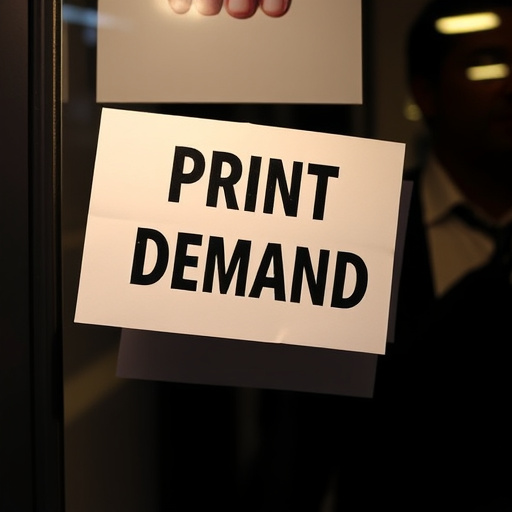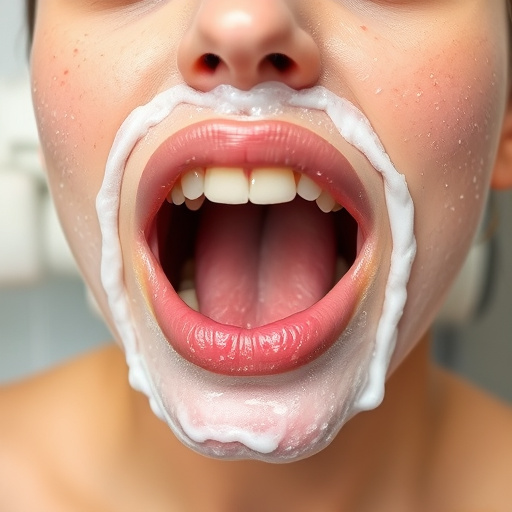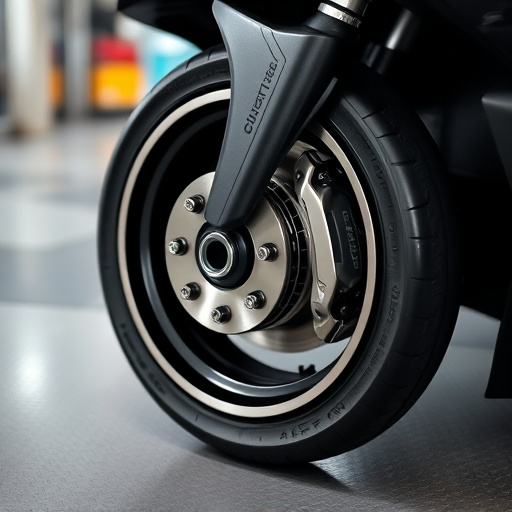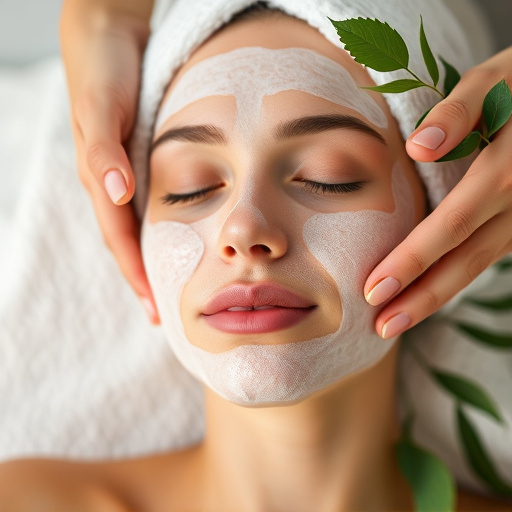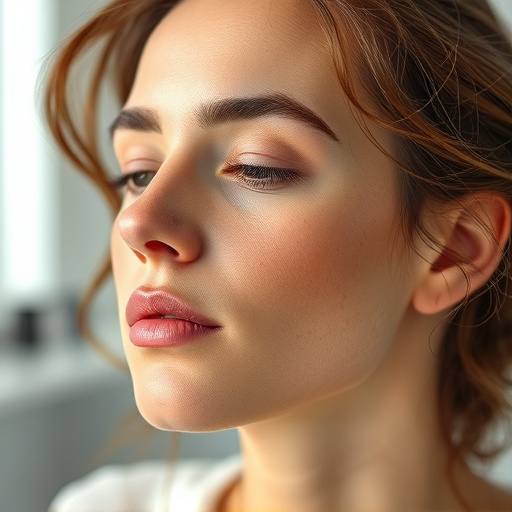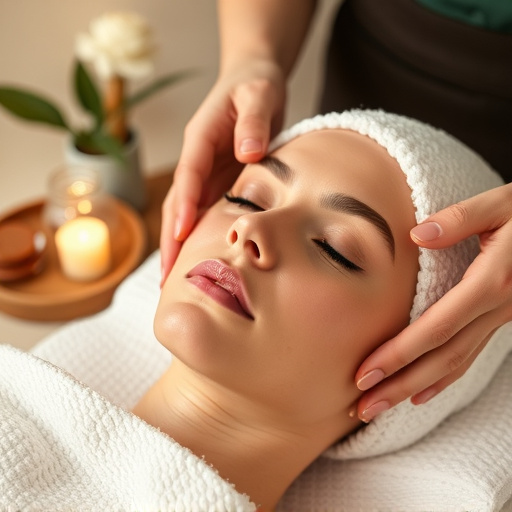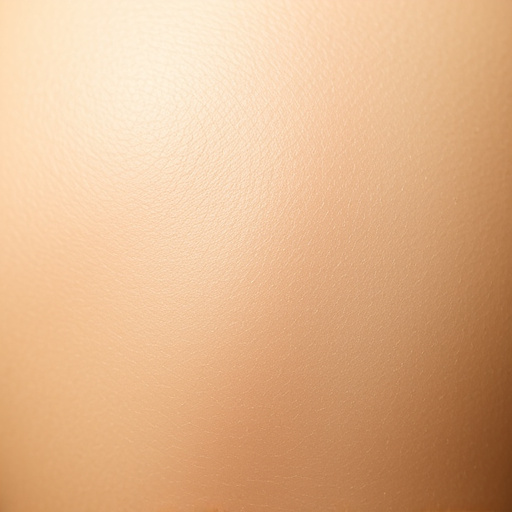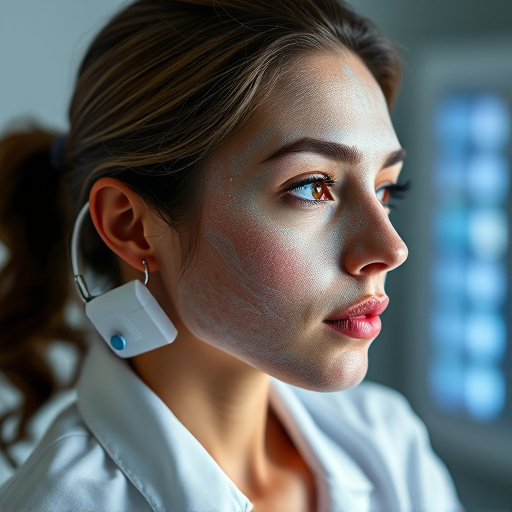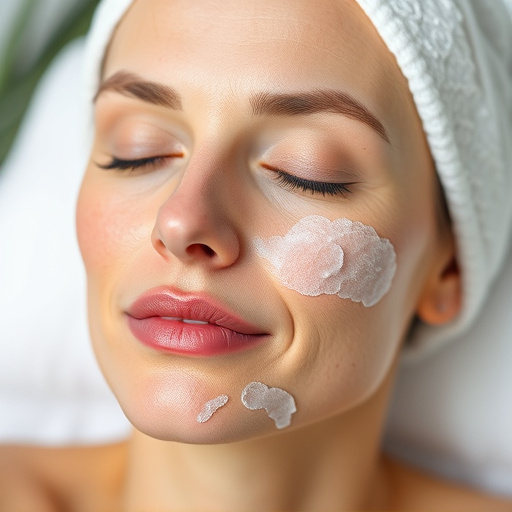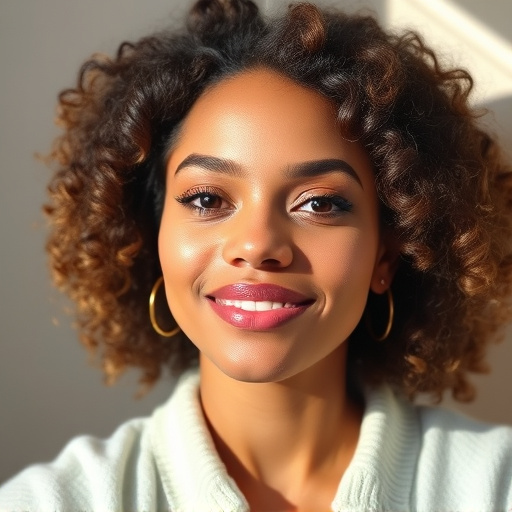Understanding that upper lip hair growth varies by genetics, hormones, and skin health, choose the right removal method from temporary waxing to laser or IPL treatments based on your skin type. Lighter skin tones tolerate methods like threading, while darker tones may face hyperpigmentation risks with laser removal. Prioritize safety and effectiveness through reputable professionals using sterile tools, open communication about skin concerns, proper hygiene, consistency in sessions, and skincare routines. Regular appointments and adjunctive products lead to a smoother, more even post-hair removal upper lip.
Is upper lip hair removal safe for all skin types? This question has sparked curiosity among many, especially as beauty trends evolve. This article delves into the intricacies of upper lip hair growth, explores removal methods suitable for diverse skin types, and offers valuable tips for a safe and effective experience. Understanding your skin’s unique characteristics is key to choosing the right approach, ensuring optimal results without irritation or damage.
- Understanding Upper Lip Hair Growth and Removal Methods
- Assessing Safety for Different Skin Types
- Tips for Safe and Effective Upper Lip Hair Removal
Understanding Upper Lip Hair Growth and Removal Methods
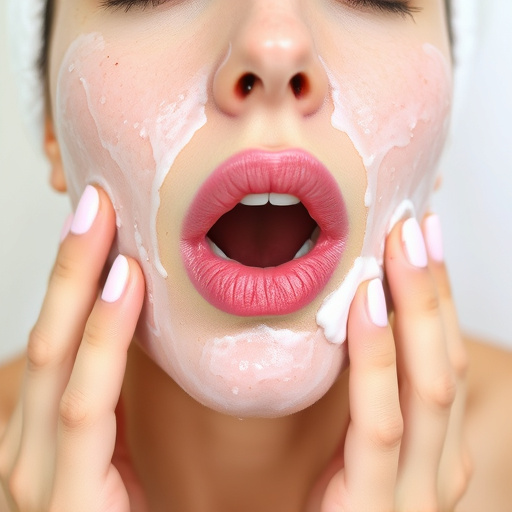
Understanding Upper Lip Hair Growth and Removal Methods
The growth pattern of upper lip hair varies from person to person, influenced by genetics, hormonal changes, and overall skin health. For many individuals, upper lip hair is a concern that impacts both aesthetics and confidence. Different removal methods cater to diverse skin types and preferences. Waxing, for instance, offers a temporary yet effective solution, while shaving provides a quick but less lasting result. Laser hair removal and intense pulsed light (IPL) treatments target the follicle, aiming for longer-lasting reduction.
Knowing your skin type is crucial when considering upper lip hair removal. Oily or acne-prone skin may require gentle, non-irritating methods like threading or certain types of chemical peels to prevent further issues. Drier skin types might tolerate more aggressive treatments, such as laser or IPL, which can effectively reduce hair growth and improve overall pore refinement. Facial treatments should always be chosen with care, considering both safety and the specific needs of your skin type.
Assessing Safety for Different Skin Types
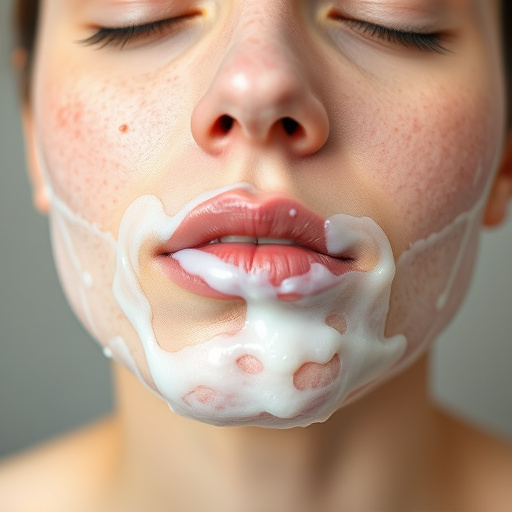
Assessing safety for different skin types is a crucial step when considering upper lip hair removal. The suitability and potential risks of any procedure can vary significantly based on factors like skin tone, texture, and sensitivity. For individuals with lighter skin, methods such as threading or wax removal are generally well-tolerated, offering effective hair reduction without severe side effects. However, darker skin types may face challenges due to the risk of post-inflammatory hyperpigmentation from certain procedures. Laser hair removal, a popular non-surgical treatment for personalized skincare, is often recommended for all skin tones but requires careful adjustment to prevent potential discoloration.
Skin rejuvenation techniques like upper lip hair removal should be approached with an understanding of one’s unique skin profile. Non-surgical treatments offer a safe and effective alternative for those seeking long-term results without incisions. It’s essential to consult professionals who can guide through options tailored to individual needs, ensuring the chosen method aligns with the specific characteristics of your skin type for optimal safety and efficacy.
Tips for Safe and Effective Upper Lip Hair Removal
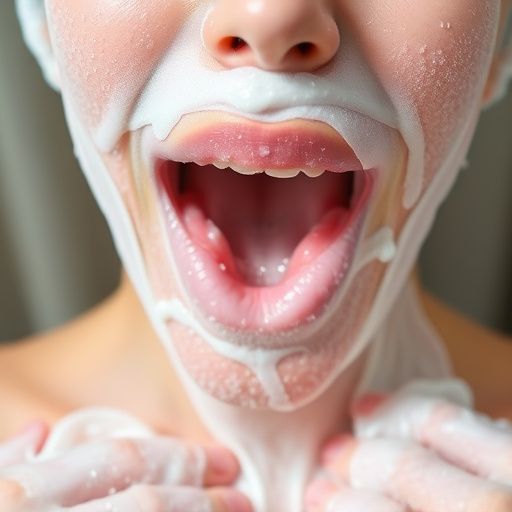
When considering upper lip hair removal, safety and effectiveness go hand in hand. The key to a successful and safe process lies in several simple yet crucial steps. First, choose a reputable and experienced professional who uses sterile, high-quality tools to minimize any potential risks. Second, communicate your skin concerns openly; certain conditions like rosacea or sensitive skin may require specialized techniques or products.
Additionally, maintaining proper hygiene before and after the procedure is vital for preventing infections. Exfoliate gently beforehand to remove dead skin cells, and follow up with a mild cleanser and moisturizing lotion afterward. Remember that consistency is key; regular sessions at appropriate intervals will yield better results. Incorporating acne treatments and skin brightening products into your routine can also enhance the overall appearance of your skin, creating a smoother, more even canvas for your hair-free upper lip.
Upper lip hair removal can be safe and effective for most skin types when performed correctly. Understanding your skin’s unique characteristics and choosing the right method is key. From waxing to threading, each technique has its advantages and potential side effects. By assessing your skin’s sensitivity and following expert tips for safety and hygiene, you can achieve smooth results without irritation. Remember, personalized care ensures a positive experience with upper lip hair removal, catering to your specific needs.


